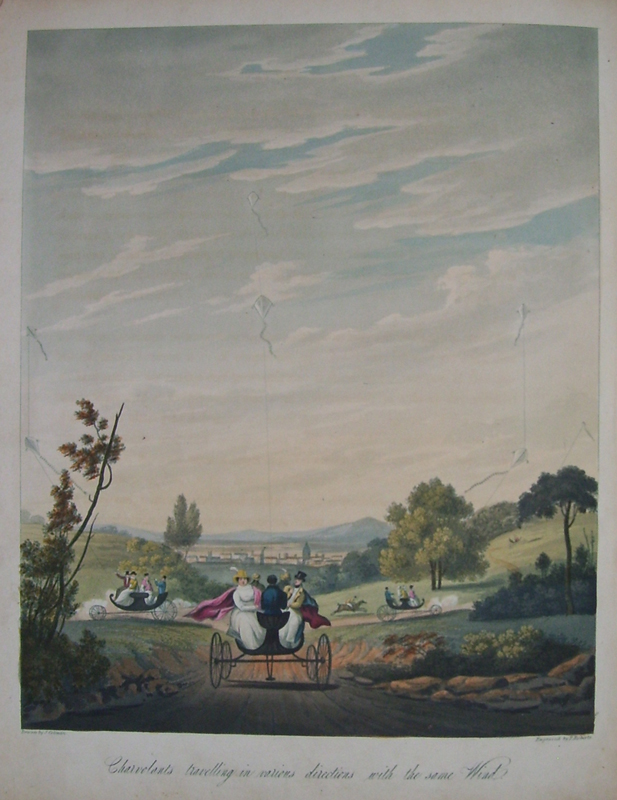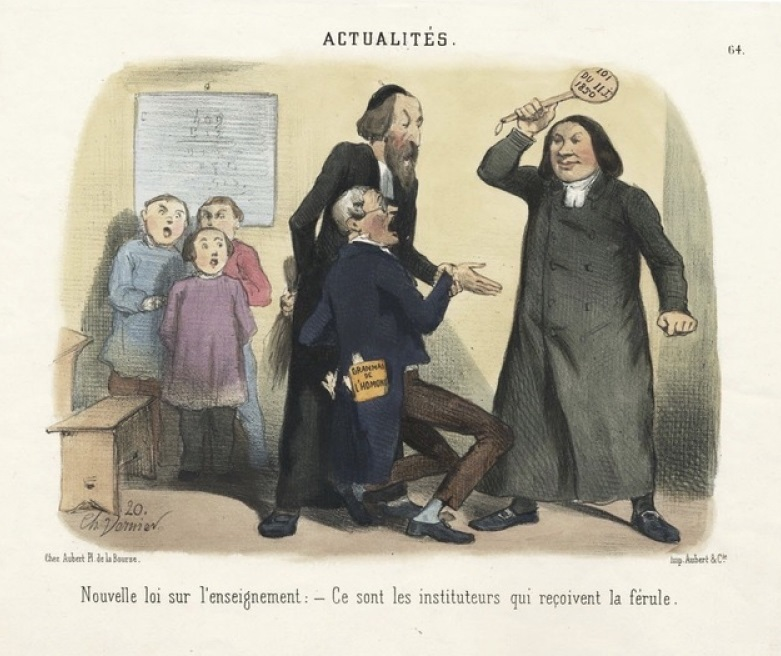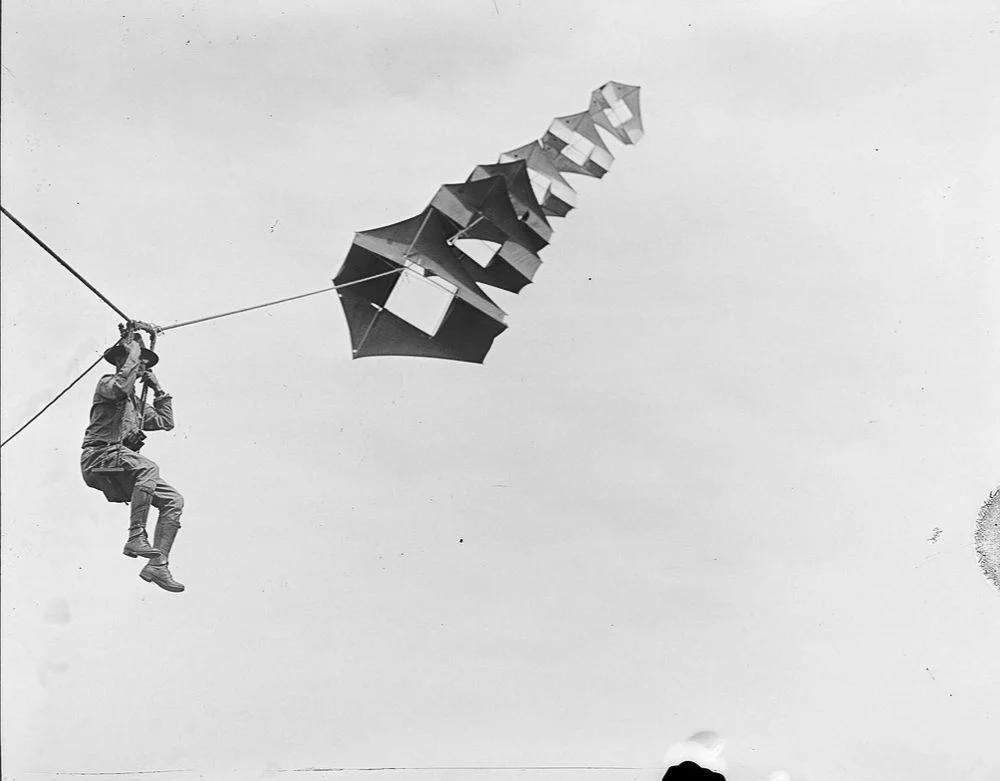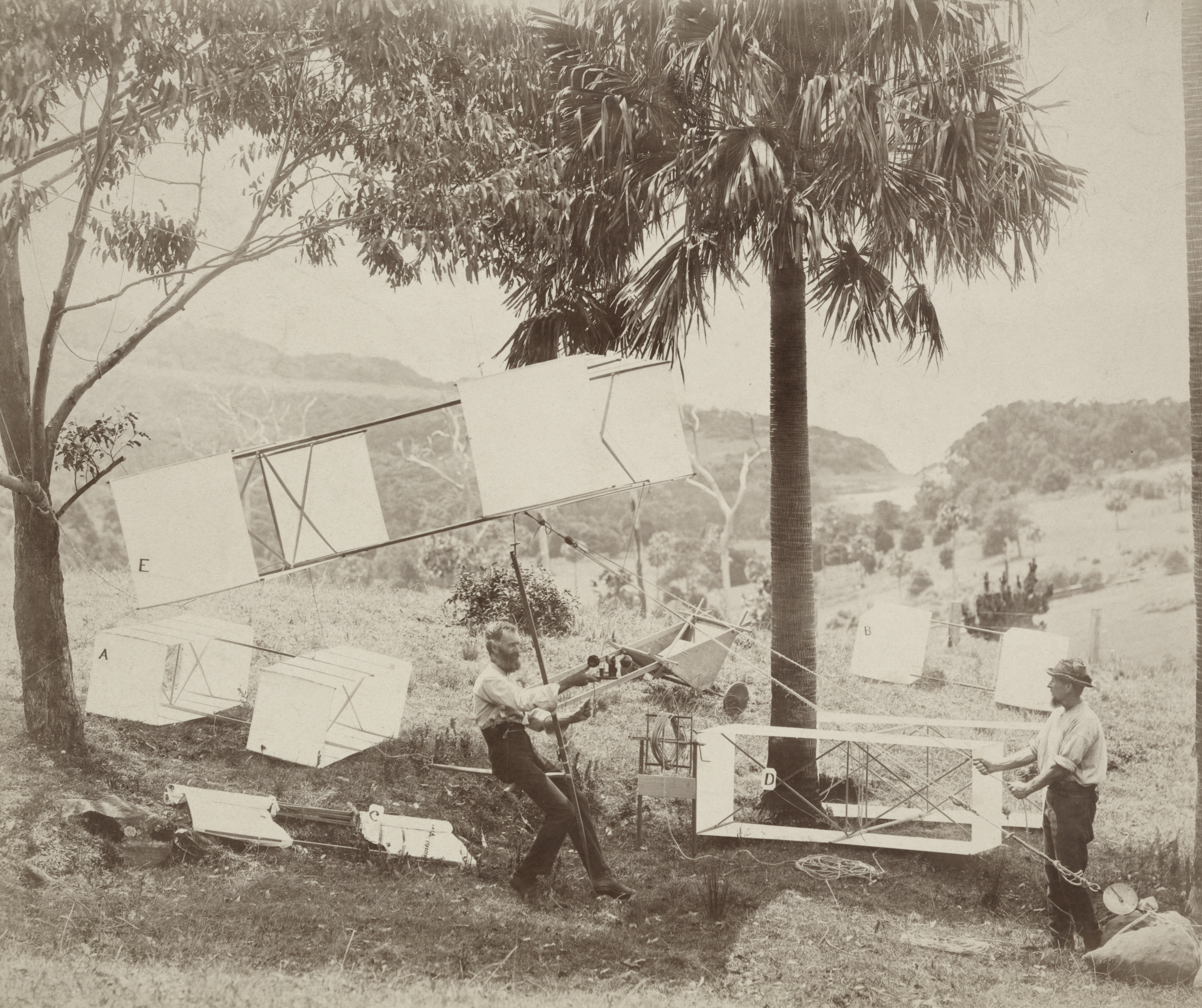created 2025-05-24, & modified, =this.modified
tags:y2025historykitestechnology
rel: Musurgia Universalis Kite Puppet
George Pocock - London: 1827
Historical book concerned with using Kites as a means of transport.
For example, Pocock invented and patented the “charvolant”, a carriage that would be pulled by two kites rather than horses

It seems he began tests on his family members. In 1824 he lifted his daughter, Martha 270 feet in the air on a kite chair rig. Later he lifted his son to the top of a cliff; his son briefly dismounted from the chair at the time of the cliff, and slid down the line in the chair to return to the earth.
This mode of travelling is of all others the most pleasant: privileged with harnessing the invincible winds, our celestial tandem playfully transpierces the clouds, and our mystic moving car swiftly glides along the surface of the scarcely indented earth; while beholders, snatching a glance at the rapid but noiseless expedition, are led to regard the novel scene rather as a vision than a reality.
He speaks of an incident where the char-volant overtook a royal coach, an improper move. He speaks of the confusion of tollkeepers, who charged by the horse – yet none were used with the charvolant.
Self-acting ferule
He seems to have patented a self-acting spanking machine as well.
The ferule was a historical device for “slapping children on the hand.”
Man-lifting kites
A man-lifting kite is a kite designed to lift a person from the ground. Historically, man-lifting kites have been used chiefly for reconnaissance. Interest in their development declined with the advent of powered flight at the beginning of the 20th century.
The earliest record of use was in ancient China, where they were also used as punishment. Emperor Wenxuan of Northern Qi executed prisons by ordering them to fly using bamboo mats.
Gao Yang made Yuan Huangtou and other prisoners take off from the Tower of the Phoenix attached to paper owls. Yuan Huangtou was the only one who succeeded in flying as far as the Purple Way, and there he came to earth.



